Home>Furniture & Design>Interior Design Trends>How To Make Colored Glass


Interior Design Trends
How To Make Colored Glass
Modified: February 18, 2024
Learn how to incorporate the latest interior design trends with colored glass to elevate your space. Discover tips and ideas for creating a vibrant and modern look.
(Many of the links in this article redirect to a specific reviewed product. Your purchase of these products through affiliate links helps to generate commission for Storables.com, at no extra cost. Learn more)
Introduction
Colored glass has been a timeless and captivating element in interior design, adding a touch of elegance and vibrancy to any space. Whether it's a stained glass window, a decorative vase, or a unique lampshade, colored glass has the power to infuse a room with character and charm. The allure of colored glass lies in its ability to play with light, casting mesmerizing patterns and hues that can transform an ordinary environment into a captivating one.
The process of making colored glass is an art form that has been cherished for centuries, with artisans and craftsmen using their expertise to create stunning pieces that stand the test of time. From the delicate blending of pigments to the meticulous shaping and cooling of the molten glass, every step in the process requires precision and skill.
In this article, we will delve into the fascinating world of creating colored glass, exploring the materials needed, the step-by-step process, and some valuable tips and tricks to ensure a successful outcome. Whether you're a seasoned glass artist or a curious enthusiast eager to try your hand at this craft, the journey of making colored glass is a rewarding and enriching experience. So, let's embark on this creative adventure and unlock the secrets of crafting beautiful, bespoke colored glass pieces that will captivate and inspire.
Key Takeaways:
- Dive into the captivating world of colored glass creation, where blending colorants, shaping molten glass, and embracing imperfections lead to timeless and enchanting pieces that captivate with their radiant beauty.
- Unleash your creativity and craftsmanship in the art of making colored glass, exploring textures, mastering heat control, and seeking inspiration from nature and art to craft captivating and unique pieces that tell stories and inspire awe.
Read more: How Is Glass Colored
Materials Needed
To embark on the captivating journey of creating colored glass, you will need a range of specialized materials that are essential for achieving stunning and vibrant results. Each component plays a crucial role in the intricate process of crafting colored glass, from the initial blending of pigments to the final shaping and cooling. Here is a comprehensive list of the materials required to bring your vision of colored glass to life:
-
Glass Batch: The foundation of colored glass, the glass batch is a mixture of silica sand, soda ash, and limestone. This blend serves as the raw material for creating the glass, providing the essential base for incorporating colorants and achieving the desired transparency.
-
Colorants: These are the key ingredients that infuse the glass with rich and captivating hues. Metal oxides such as cobalt for deep blues, copper for vibrant greens, and selenium for striking reds are commonly used colorants. Each colorant brings its unique character to the glass, allowing for a diverse range of colors and shades to be achieved.
-
Frit: This finely ground colored glass is used to add depth and texture to the final piece. Available in various particle sizes, frit allows for intricate detailing and shading, enhancing the visual impact of the colored glass.
-
Glassblowing Tools: A set of specialized tools including blowpipes, punties, jacks, and shears are essential for shaping and manipulating the molten glass. These tools enable the artisan to craft the glass into the desired form, whether it's a delicate vase, a decorative ornament, or a stunning sculpture.
-
Crucible: This heat-resistant container is used to melt the glass batch and colorants at high temperatures. The crucible plays a pivotal role in the glassmaking process, providing a controlled environment for blending and melting the materials.
-
Kiln: A kiln is an indispensable piece of equipment for annealing the glass, ensuring that it cools gradually to relieve internal stresses and strengthen the finished piece. The kiln's precise temperature control is vital for achieving durable and resilient colored glass.
-
Safety Gear: Working with molten glass requires the use of protective gear such as heat-resistant gloves, safety glasses, and aprons. These safety measures are essential for safeguarding against potential hazards and ensuring a secure working environment.
-
Ventilation System: Adequate ventilation is crucial in a glassmaking studio to disperse fumes and maintain a safe working atmosphere. A well-designed ventilation system helps to mitigate the impact of heat and fumes, creating a comfortable and conducive workspace.
By assembling these essential materials, you are equipped to embark on the captivating process of creating colored glass, where creativity and craftsmanship converge to produce exquisite and timeless pieces that will enchant and inspire.
Steps to Make Colored Glass
-
Preparing the Glass Batch: The first step in making colored glass involves meticulously preparing the glass batch, which serves as the foundation for the entire process. The silica sand, soda ash, and limestone are carefully measured and mixed to create the raw material for the glass. This blend forms the base into which the colorants will be incorporated, setting the stage for the infusion of captivating hues and shades.
-
Incorporating Colorants: Once the glass batch is prepared, the next crucial step is the addition of colorants. Metal oxides such as cobalt, copper, and selenium are carefully measured and blended into the glass batch, imparting their distinctive colors and characteristics. The precise blending of colorants is a delicate art, as it determines the final appearance and transparency of the colored glass.
-
Melting the Glass Batch: The blended glass batch, now infused with colorants, is carefully loaded into the crucible and subjected to intense heat in the furnace. The high temperatures cause the materials to melt and fuse together, creating a molten mass of colored glass. This molten glass is the canvas upon which the artisan will work, shaping and manipulating it to bring their creative vision to life.
-
Shaping and Forming: With the molten glass at the optimal temperature and consistency, the artisan skillfully gathers it onto the blowpipe, ready to be shaped and formed. Using a combination of specialized tools and techniques, the glass is expertly manipulated into the desired form, whether it's a graceful vase, an intricate ornament, or a striking sculpture. The shaping process requires precision and finesse, as the molten glass responds to the artisan's every movement, taking on its final shape and character.
-
Adding Texture with Frit: To enhance the visual depth and texture of the colored glass, the artisan may choose to incorporate frit at this stage. The finely ground colored glass particles are carefully applied to the surface of the piece, allowing for intricate detailing and shading. This step adds a captivating dimension to the colored glass, enriching its visual appeal and creating a mesmerizing interplay of light and color.
-
Annealing in the Kiln: Once the colored glass piece is shaped and adorned, it undergoes the crucial process of annealing in the kiln. The kiln provides a controlled environment for the gradual cooling of the glass, relieving internal stresses and ensuring its durability and resilience. The precise temperature and duration of the annealing process are essential for achieving a finished piece that is strong, stable, and ready to captivate with its radiant beauty.
-
Finishing Touches: After the colored glass has been annealed and cooled, the artisan may apply any final touches, such as polishing or etching, to perfect the piece. These finishing touches add an extra layer of refinement and finesse, elevating the colored glass to a level of exquisite craftsmanship and artistry.
-
Admiring the Masterpiece: The final step in making colored glass is the joyous moment of admiring the masterpiece that has been brought to life. Whether it's a dazzling stained glass window, a luminous vase, or a captivating sculpture, the colored glass piece stands as a testament to the artisan's skill and creativity, ready to enchant and inspire all who behold its radiant beauty.
By following these meticulous steps, the art of making colored glass unfolds as a captivating journey of creativity and craftsmanship, culminating in the creation of timeless pieces that will adorn and enrich any space with their captivating allure.
When making colored glass, be sure to use metal oxides or other compounds to add color to the molten glass. Different compounds will produce different colors, so experiment to find the shade you want.
Tips and Tricks
Crafting colored glass is a delicate and intricate art form that demands precision, creativity, and a deep understanding of the medium. To ensure a successful and rewarding experience in making colored glass, it is essential to consider a range of valuable tips and tricks that can elevate the process and the final outcome. Here are some insightful guidelines to enhance your journey in creating captivating colored glass pieces:
-
Meticulous Color Blending: When incorporating colorants into the glass batch, pay close attention to the precise measurements and blending techniques. Experiment with different combinations of colorants to achieve unique hues and shades, and keep detailed records of your formulations for future reference. This meticulous approach to color blending will allow you to create a diverse palette of captivating colors for your glass pieces.
-
Exploring Textures and Patterns: Embrace the versatility of frit and other textural elements to add depth and visual interest to your colored glass. Experiment with various particle sizes and application techniques to create captivating patterns and textures that enhance the overall aesthetic of your pieces. By exploring the interplay of light and texture, you can elevate the visual impact of your colored glass creations.
-
Mastering Heat Control: Understanding and controlling the temperature of the molten glass is crucial for shaping and manipulating it effectively. Take the time to familiarize yourself with the behavior of glass at different temperatures, and practice precise heat control to achieve the desired viscosity and workability. Mastering heat control will empower you to execute intricate designs and forms with confidence.
-
Embracing Imperfections: Embrace the organic nature of working with molten glass and recognize the beauty in imperfections. The subtle variations and unique characteristics that emerge during the glassmaking process can add a distinctive charm to your colored glass pieces. Embracing these natural nuances can infuse your creations with a sense of authenticity and individuality.
-
Continuous Learning and Experimentation: Approach the art of making colored glass with a spirit of curiosity and continuous learning. Stay open to new techniques, tools, and approaches, and be willing to experiment with unconventional methods to expand your creative horizons. Engage with the vibrant community of glass artists and enthusiasts to exchange ideas and insights, fostering a culture of shared learning and growth.
-
Prioritizing Safety and Well-being: Prioritize safety at every stage of the glassmaking process by adhering to best practices and utilizing appropriate safety gear. Maintain a well-ventilated workspace to mitigate the impact of fumes and ensure a comfortable working environment. By prioritizing safety and well-being, you can approach the art of making colored glass with confidence and peace of mind.
-
Seeking Inspiration from Nature and Art: Draw inspiration from the captivating beauty of nature and the rich tapestry of artistic expressions. Explore the interplay of colors, shapes, and textures in the natural world, and immerse yourself in diverse art forms to fuel your creativity. By seeking inspiration from the world around you, you can infuse your colored glass pieces with a sense of vitality and resonance.
By integrating these tips and tricks into your practice, you can embark on a fulfilling and enriching journey in creating colored glass, where each piece becomes a testament to your skill, creativity, and passion for the art form. As you hone your craft and explore the boundless possibilities of colored glass, you will continue to evolve as an artist, leaving a trail of captivating and timeless creations in your wake.
Conclusion
In conclusion, the art of making colored glass is a captivating and enriching journey that intertwines creativity, craftsmanship, and a deep appreciation for the transformative power of light and color. From the meticulous blending of colorants to the expert shaping and annealing of the glass, every step in the process reflects the dedication and artistry of the glass artist. The resulting colored glass pieces stand as timeless testaments to the fusion of skill, passion, and vision, ready to adorn and enchant any space with their radiant beauty.
As we reflect on the intricate process of creating colored glass, it becomes evident that this art form is a celebration of both tradition and innovation. Drawing from centuries-old techniques while embracing modern advancements, glass artists continue to push the boundaries of creativity, exploring new textures, patterns, and color combinations that captivate the imagination. The allure of colored glass lies not only in its visual splendor but also in its ability to evoke emotions, tell stories, and inspire awe through the play of light and color.
The journey of making colored glass is not merely a technical process; it is a deeply personal and expressive endeavor that allows artists to imbue their creations with a part of themselves. Each colored glass piece carries the essence of the artist's vision, skill, and creative spirit, inviting viewers to immerse themselves in its captivating allure. Whether it's a luminous stained glass window casting kaleidoscopic patterns, a delicate vase shimmering with vibrant hues, or a striking sculpture capturing the interplay of light and texture, colored glass pieces have the power to elevate and transform their surroundings.
Furthermore, the art of making colored glass fosters a sense of community and shared learning, where artists and enthusiasts come together to exchange ideas, techniques, and inspirations. This collaborative spirit fuels a culture of continuous growth and exploration, nurturing a vibrant landscape of creativity and innovation within the realm of colored glass artistry.
In essence, the journey of creating colored glass is a testament to the enduring allure of this art form, where tradition meets innovation, and where the interplay of light and color gives rise to captivating and timeless creations. As we continue to delve into the world of colored glass, we embrace the legacy of the past while embracing the boundless possibilities of the future, ensuring that this art form continues to enchant and inspire generations to come.
Frequently Asked Questions about How To Make Colored Glass
Was this page helpful?
At Storables.com, we guarantee accurate and reliable information. Our content, validated by Expert Board Contributors, is crafted following stringent Editorial Policies. We're committed to providing you with well-researched, expert-backed insights for all your informational needs.
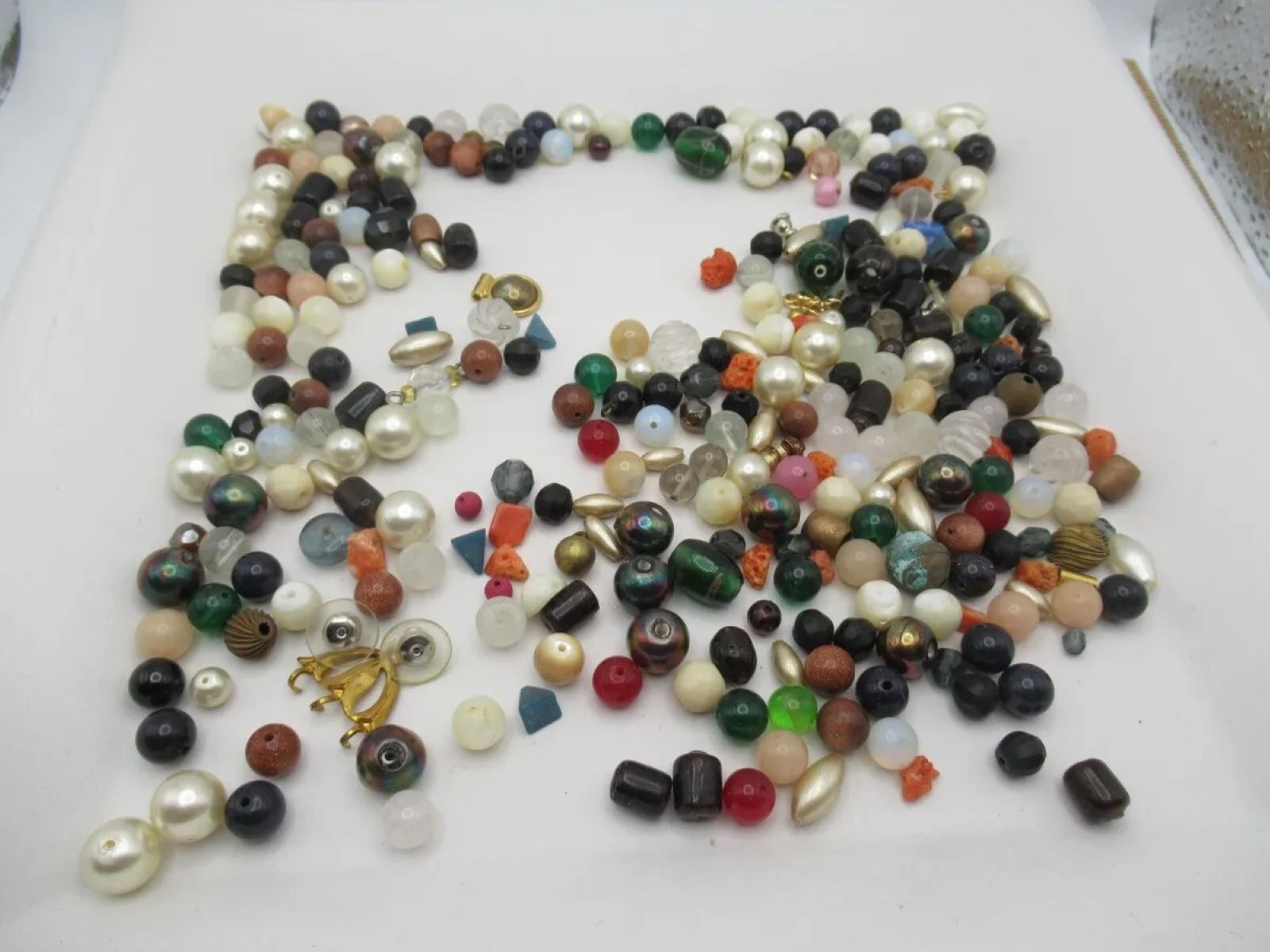

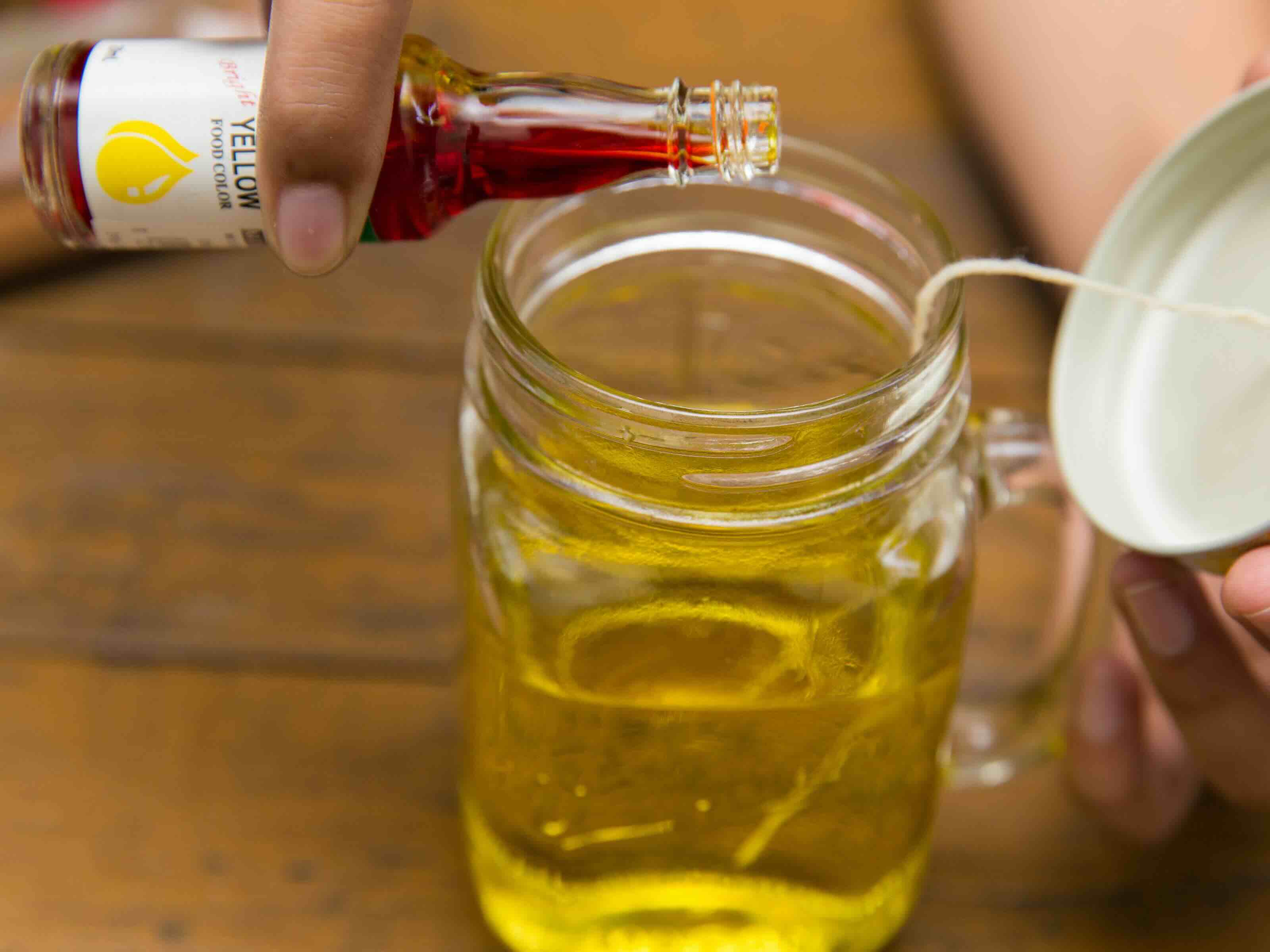
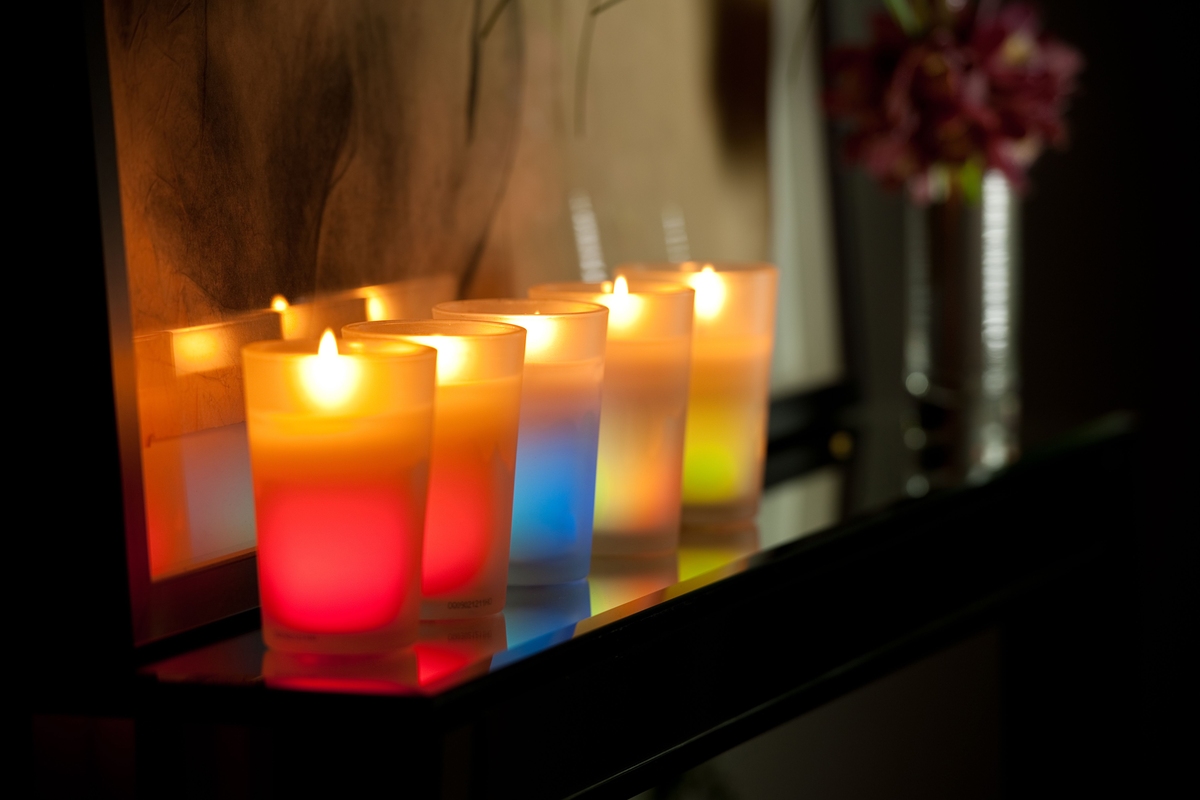
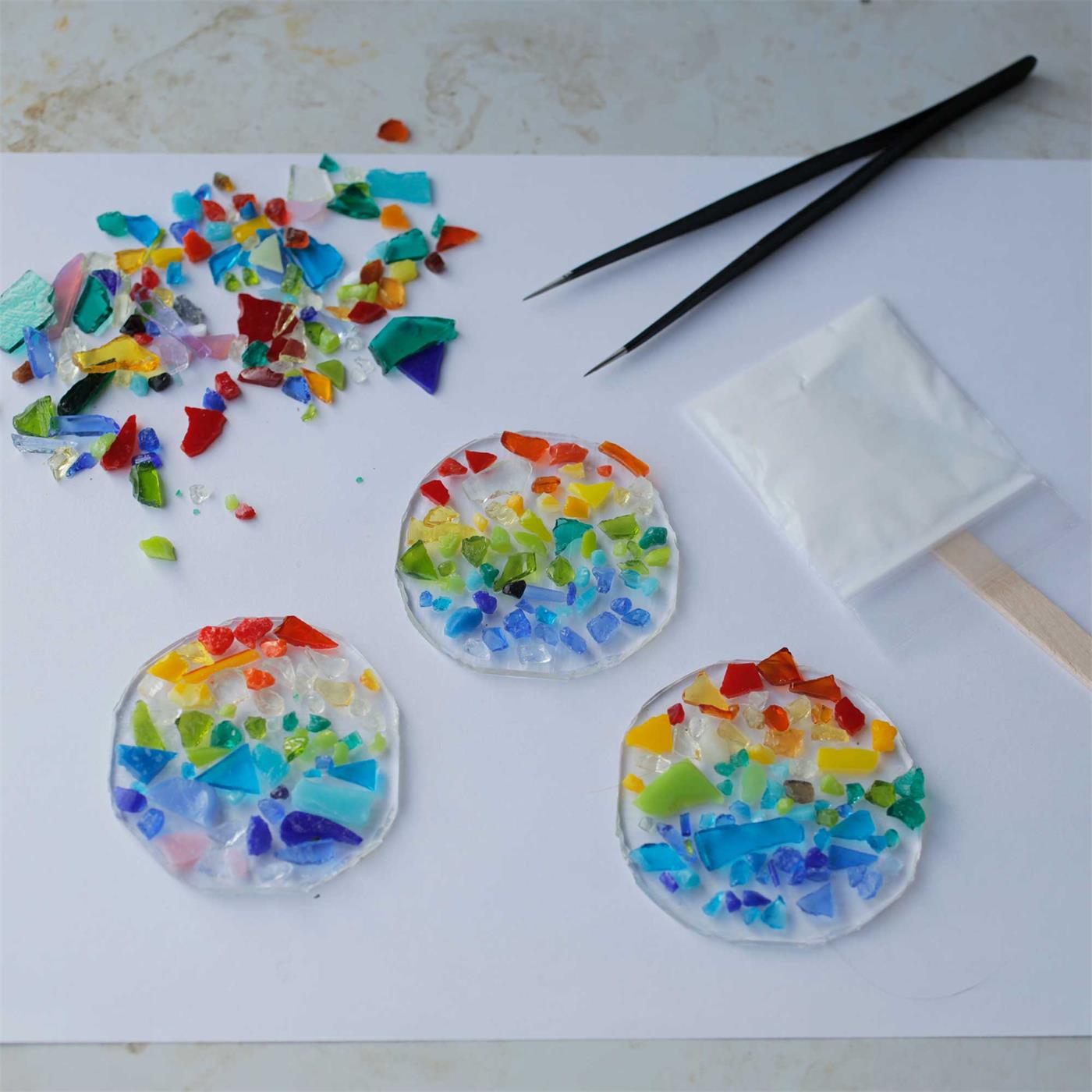
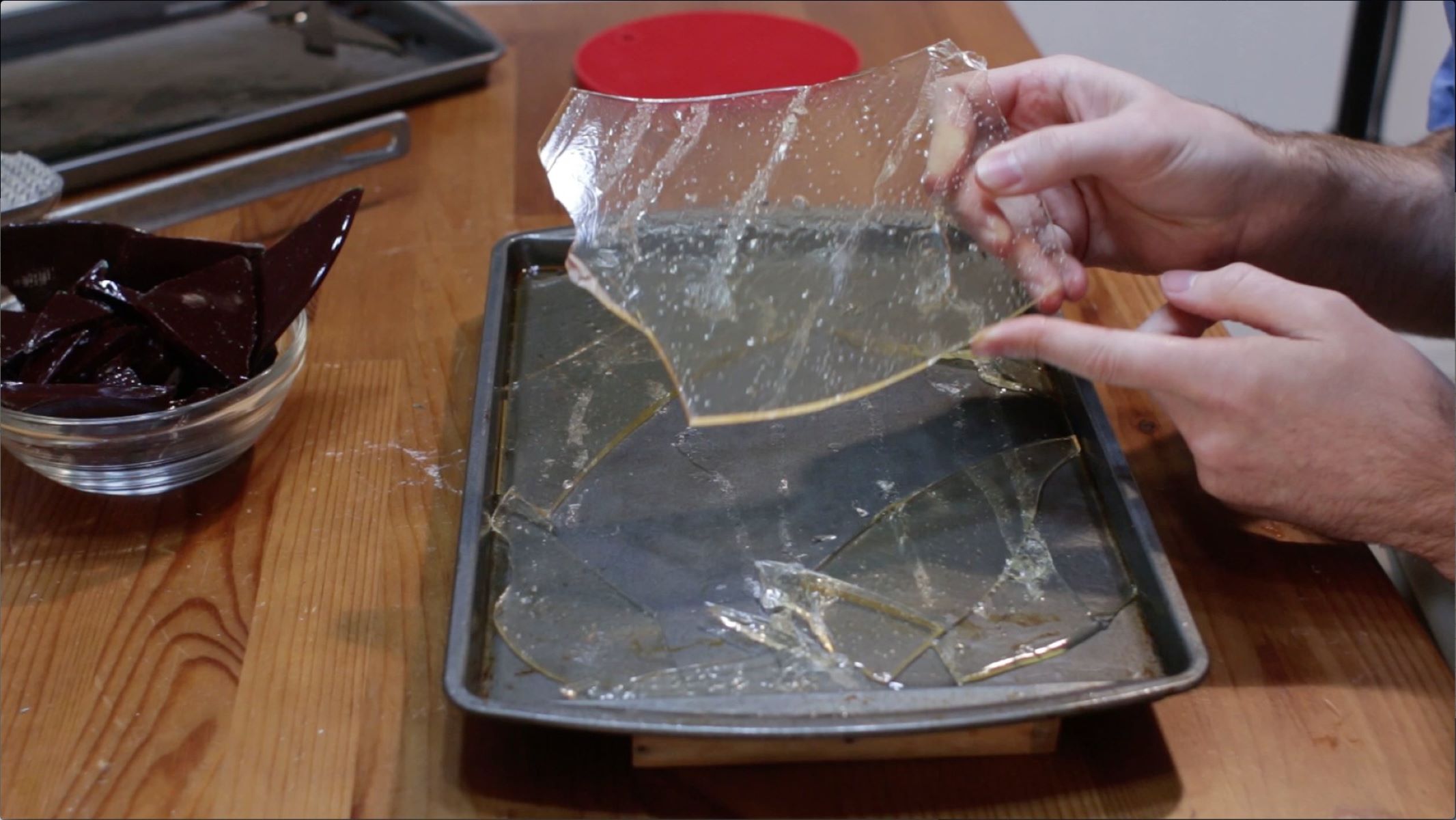
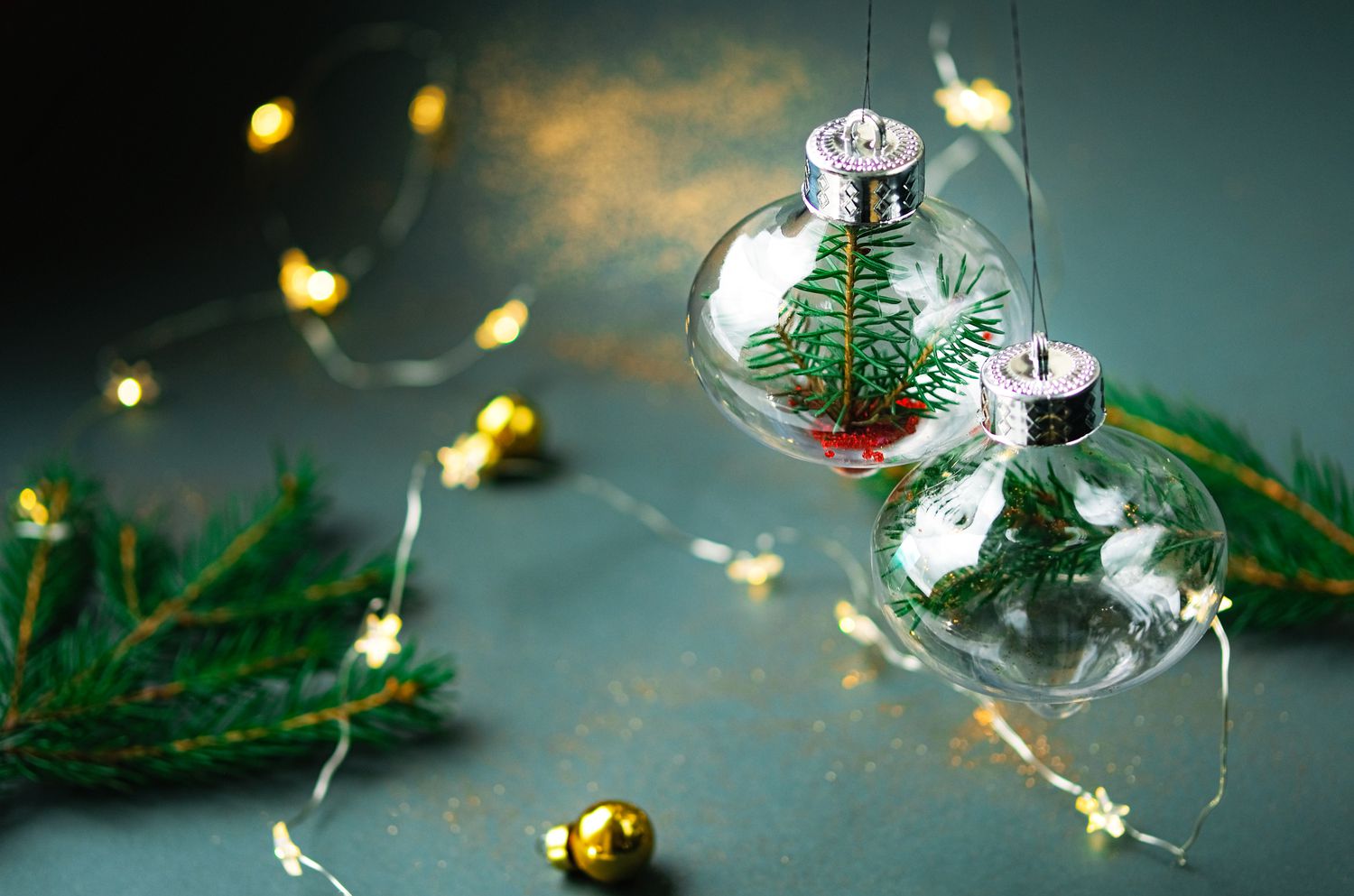
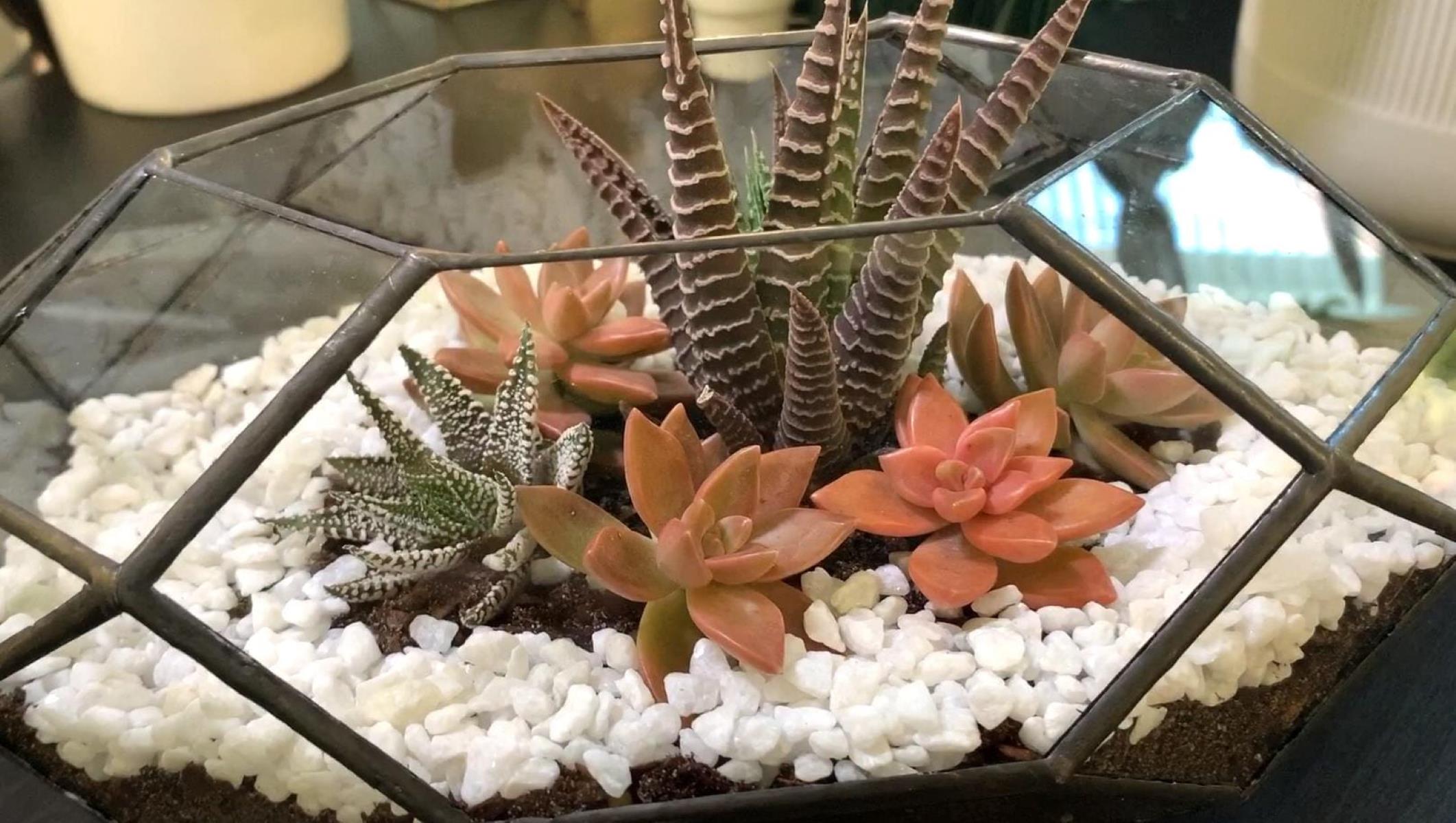
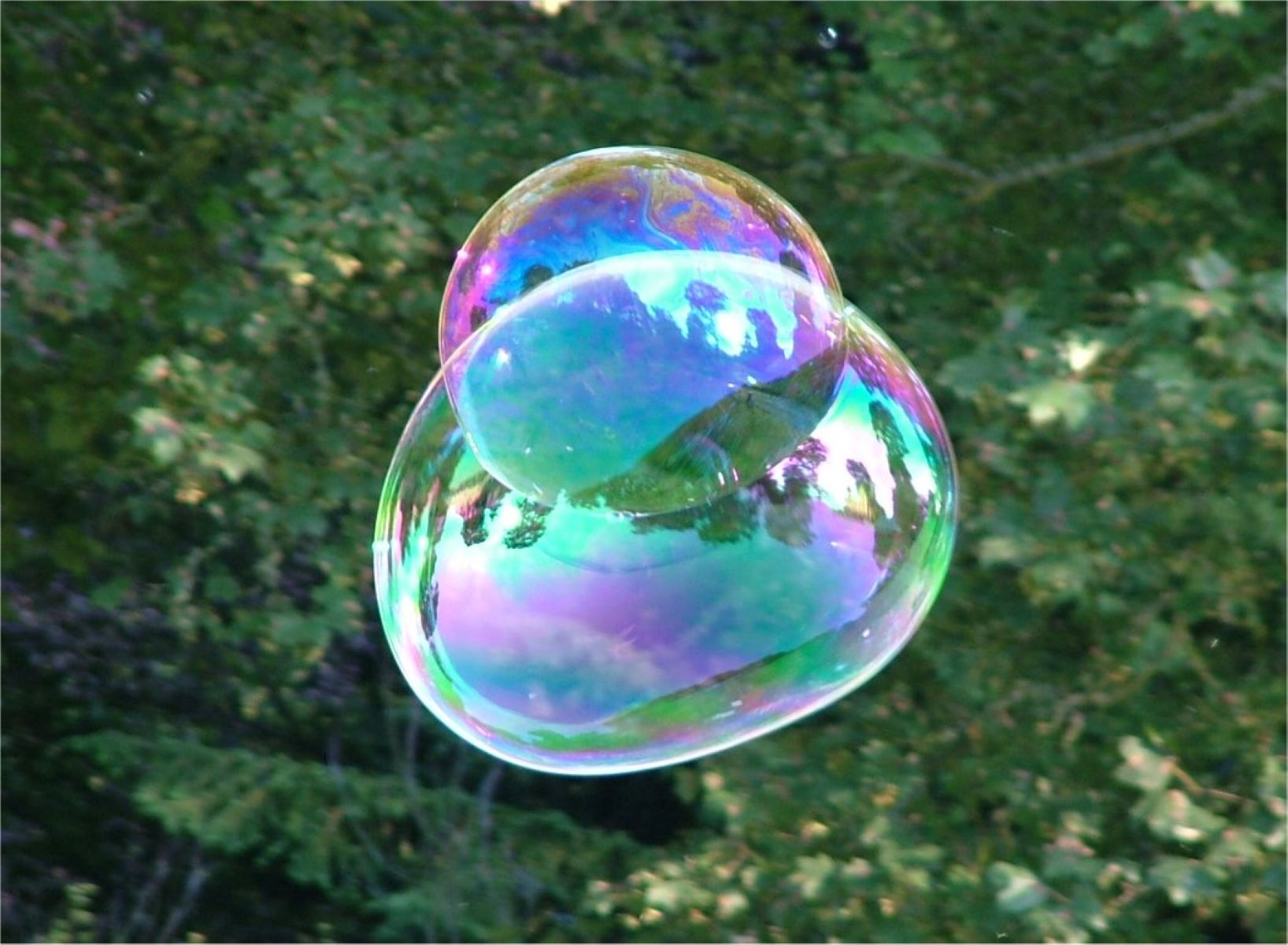
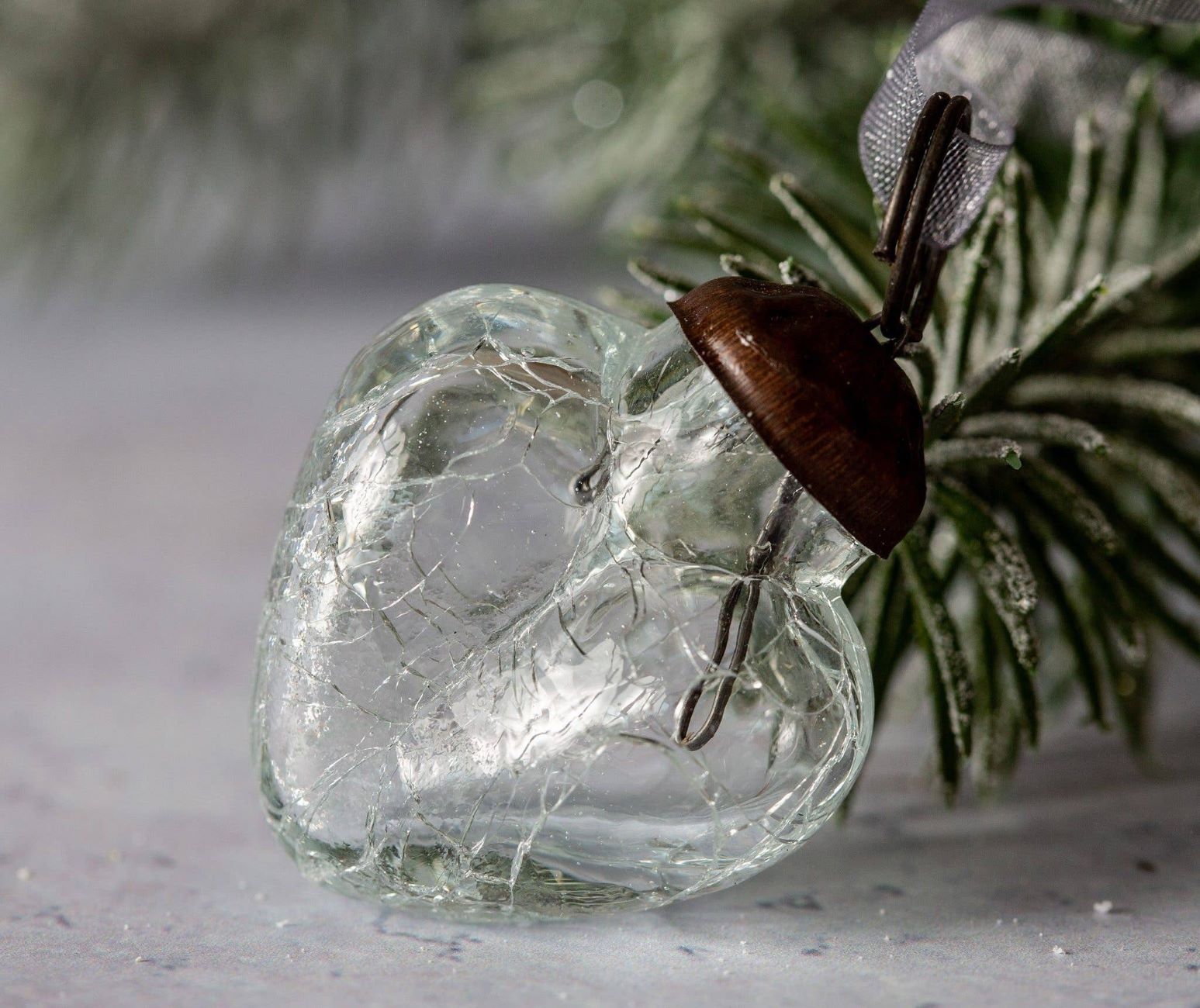
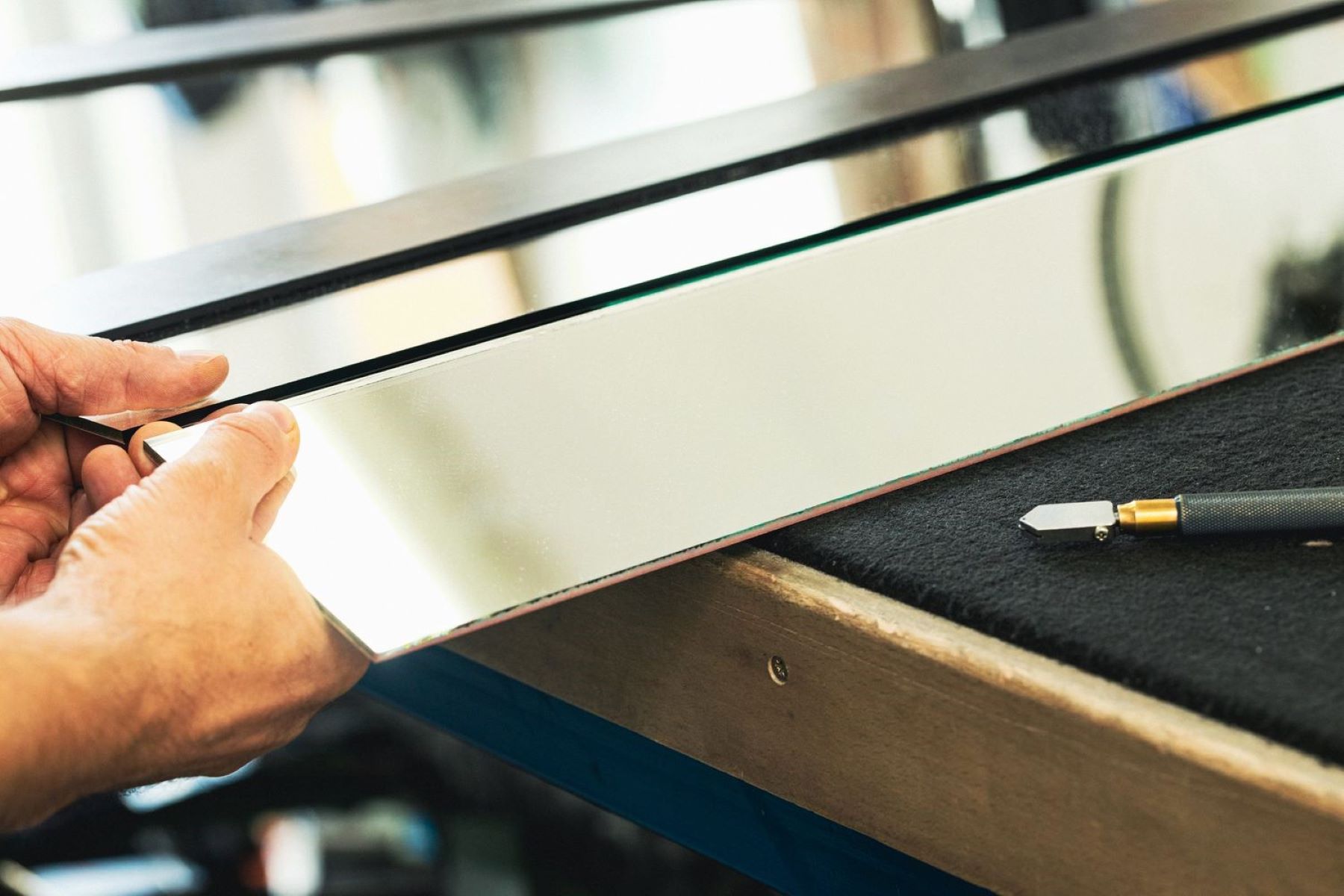
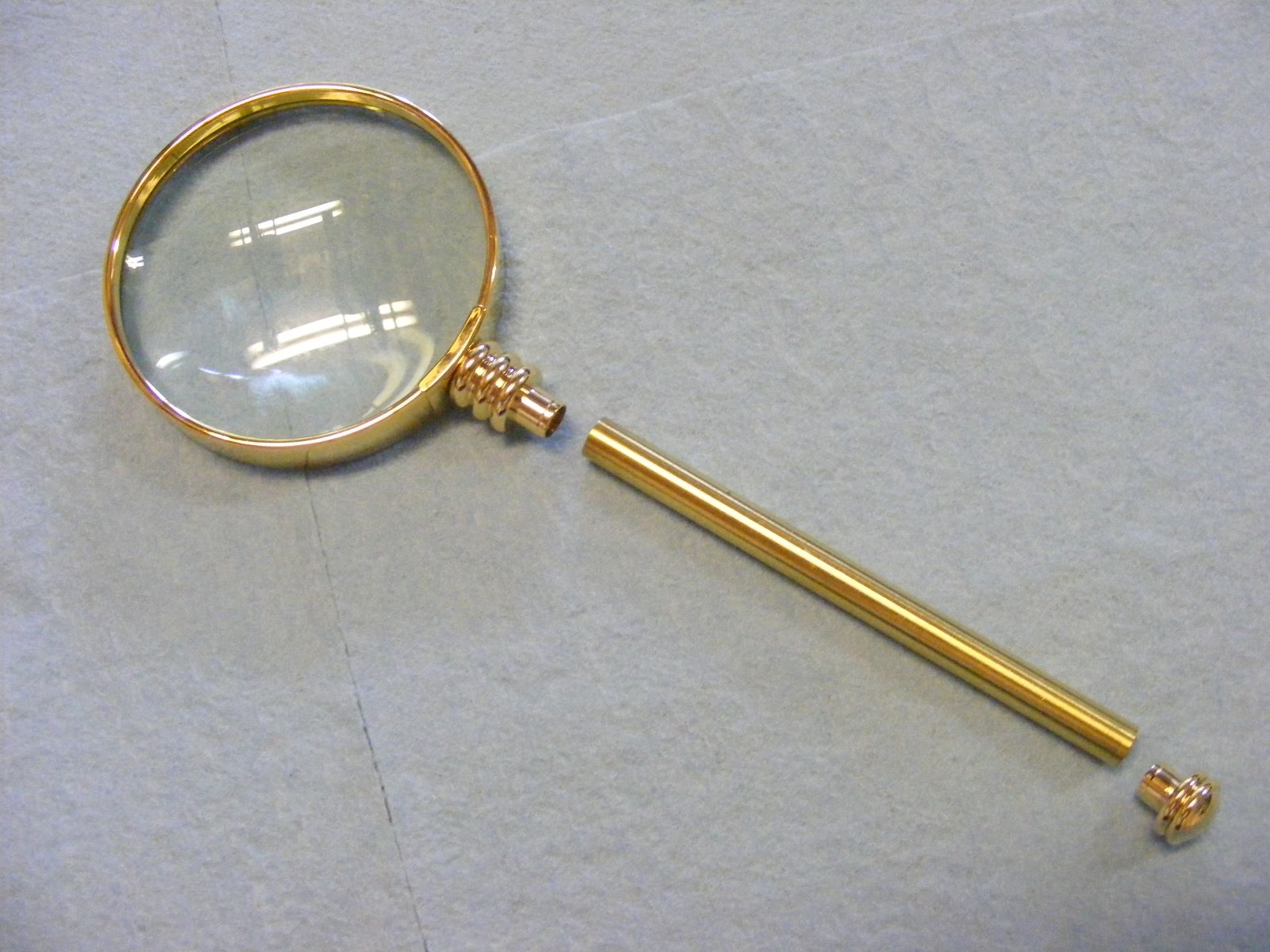
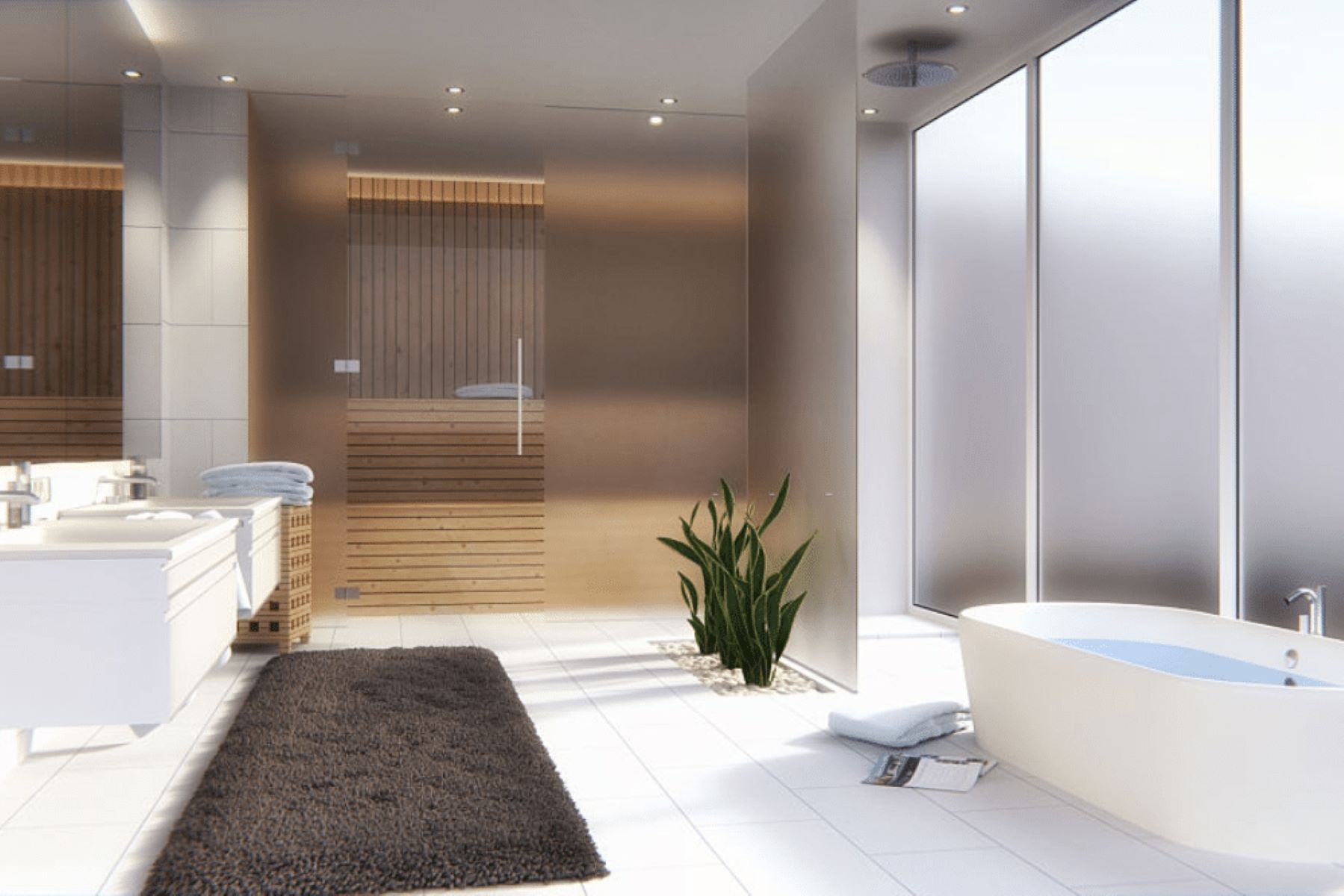
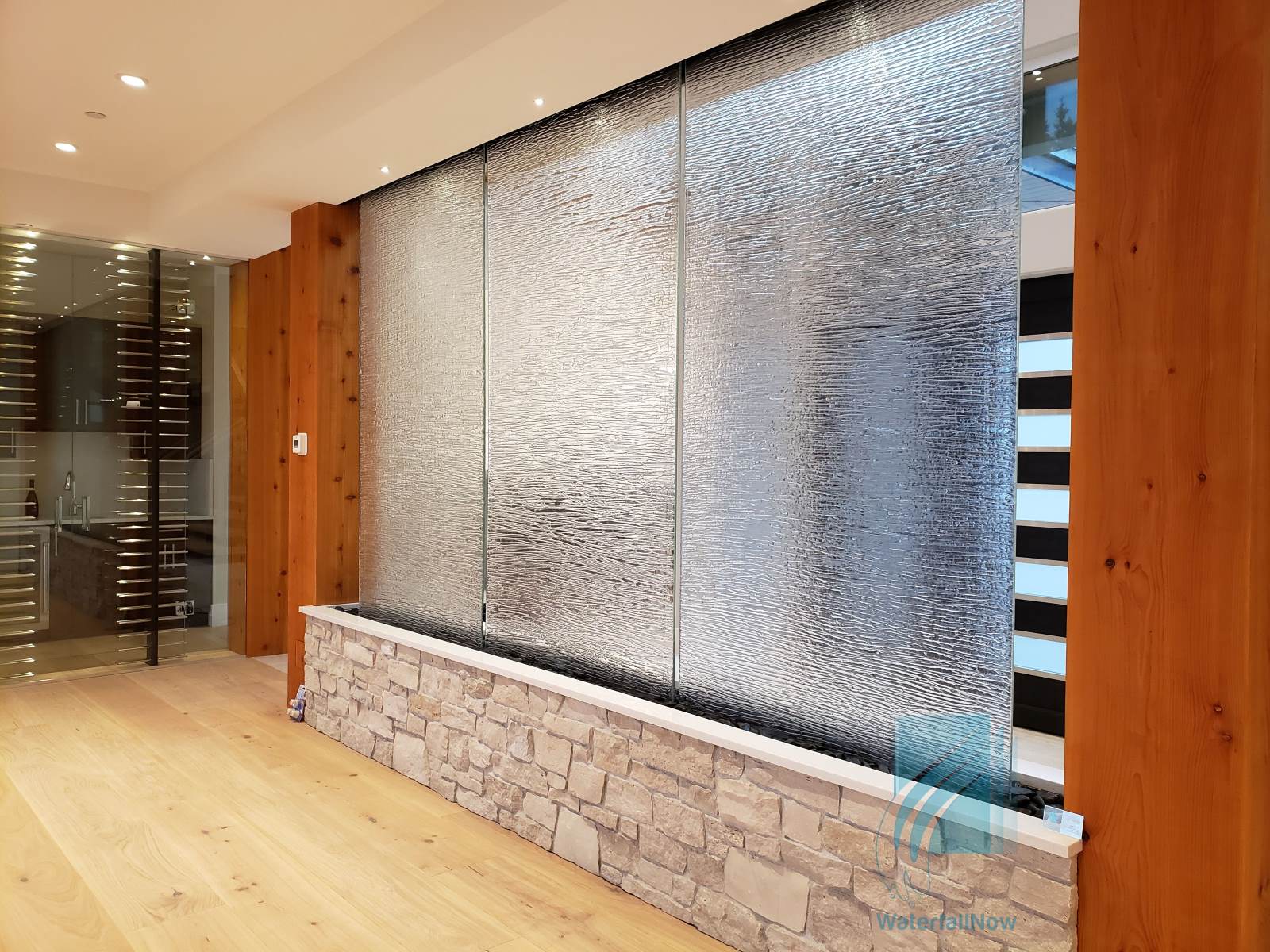
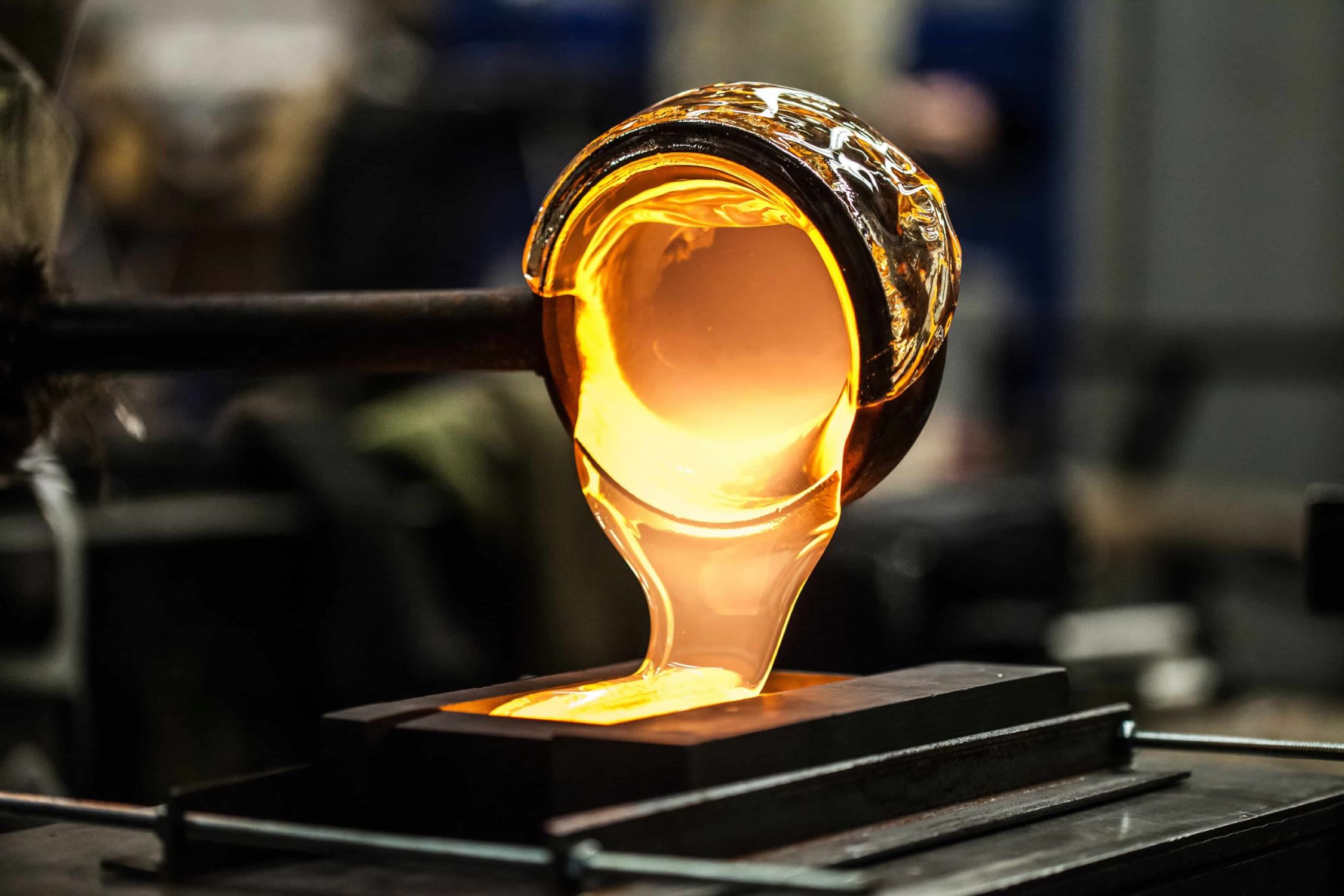

0 thoughts on “How To Make Colored Glass”